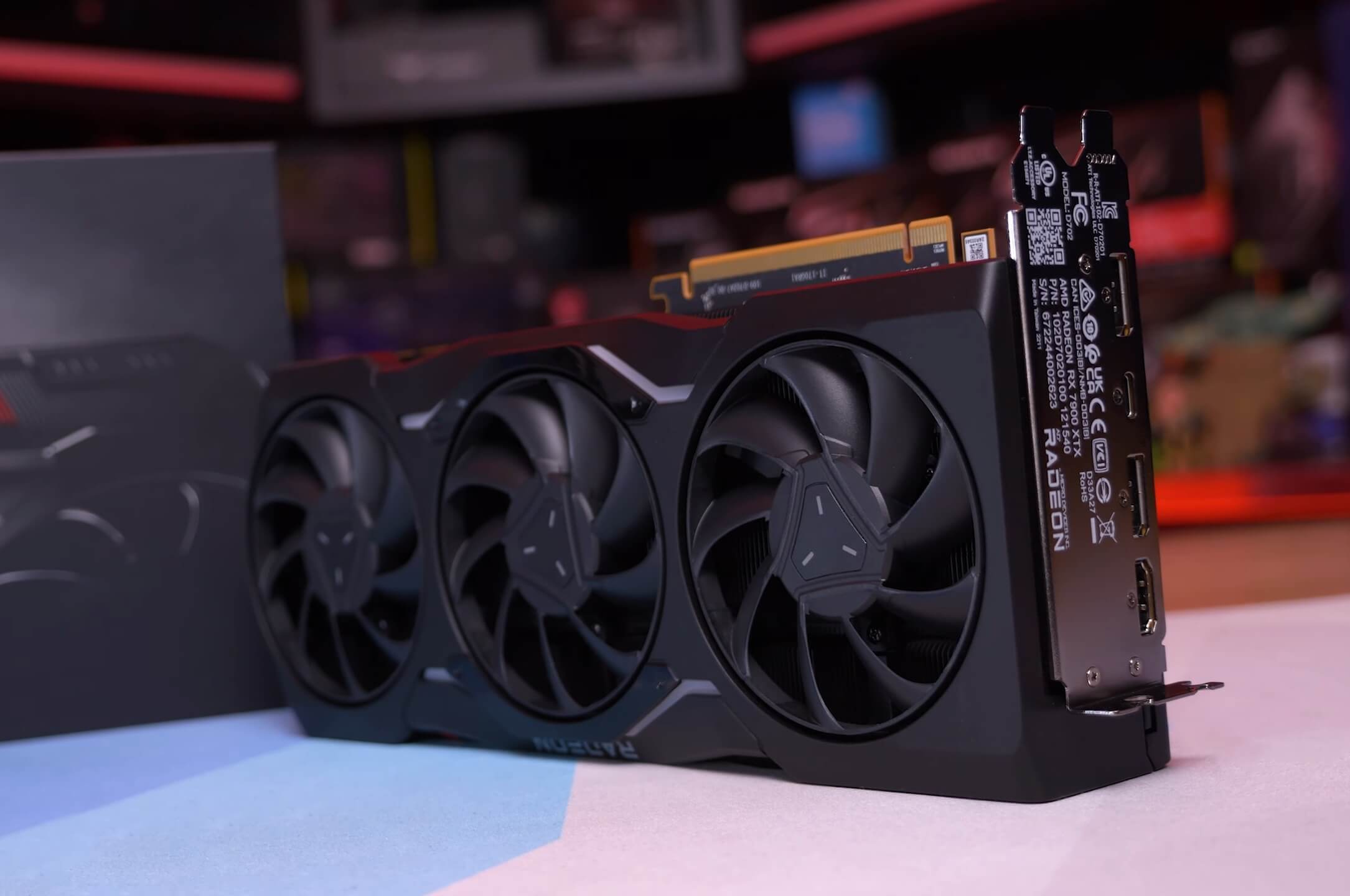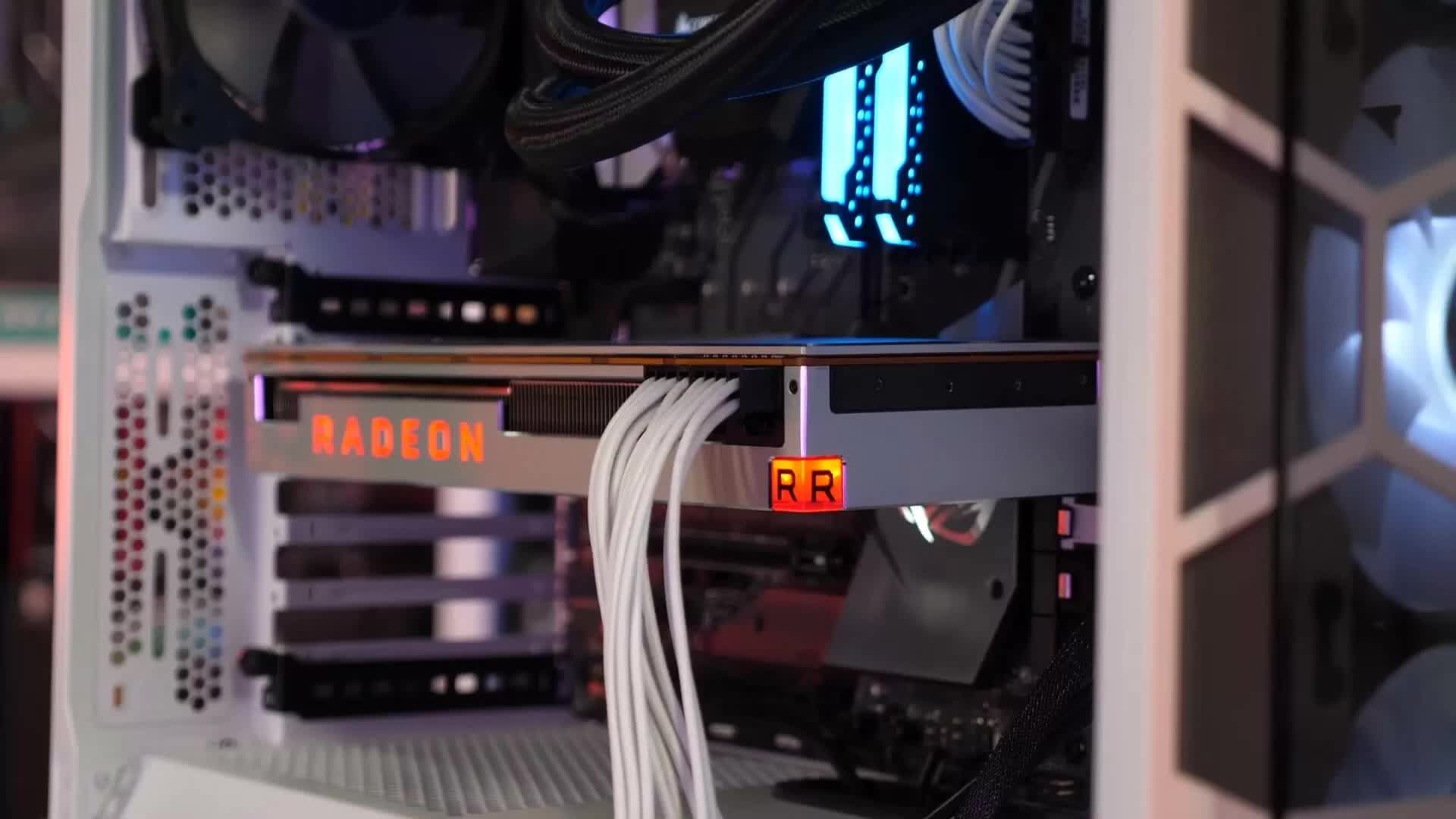Rumor mill: It has long been suspected that the Radeon RX 8000 series – AMD's next generation of graphics cards – will focus exclusively on affordable mid-range products. However, this wasn't always the plan. Newly unveiled code suggests that AMD canceled a flagship RDNA 4 model that might have directly competed with upcoming high-end offerings from Intel and Nvidia.

Data-mined code that recently emerged on the Anandtech forums indicates that AMD was working on an RDNA 4 GPU at one point, doubling most of the RX 7900 XTX's system specs. Team Red hasn't confirmed anything regarding its upcoming graphics cards, but rumors suggest the company canceled the new flagship to focus on mainstream GPUs.
User Kepler_L2 posted code suggesting that the chip codenamed "N4C," likely to become the Radeon RX 8900 XTX, would have featured nine shader engines, compared to the six found in AMD's current flagship, the 7900 XTX. Furthermore, the top-end RDNA 4 card might have at least doubled the 7900 XTX's chiplet count from seven to between 13 and 20. Another user claimed that the number of compute units would have increased from 96 to 200.

Given the specs, the card could have outperformed the current PC graphics king, Nvidia's GeForce RTX 4090. Speaking of, Team Green is expected to unveil a successor before the end of this year with roughly a 70 percent performance uplift. Moreover, Intel plans to launch its first enthusiast-class GPU as part of its sophomore Battlemage lineup this year.
AMD reportedly shelved its high-end RDNA 4 plans to conserve limited silicon for increasingly profitable AI chips, so a three-way battle between flagship cards must wait until future generations.
Prior rumors regarding AMD, which should be taken with a grain of salt, suggest that the Radeon RX 8000 series will debut this year with two mid-range products based on the Navi 48 and Navi 44 GPUs. Navi 48 might roughly equal the performance of an RX 7900 XT or RTX 4080 for hundreds of dollars less. Meanwhile, the lower-end Navi 44 is projected to match the RTX 4060 Ti for less than $300 and possibly as little as $199.
However, the RDNA 4 cards might make compromises in certain areas. They may only slightly improve upon RDNA 3's ray tracing performance – an area in which AMD already lags behind Nvidia – and Kepler previously reported that the VRAM for both GPUs will stick to GDDR6 and only reach 18Gbps. Nvidia's upcoming products will likely upgrade to faster GDDR7.
AMD is expected to return to the high-end battleground with RDNA 5 next year, which will mark a transition to fully chiplet-based GPUs.
AMD's cancelled RDNA 4 GPU could have doubled the 7900 XTX's performance